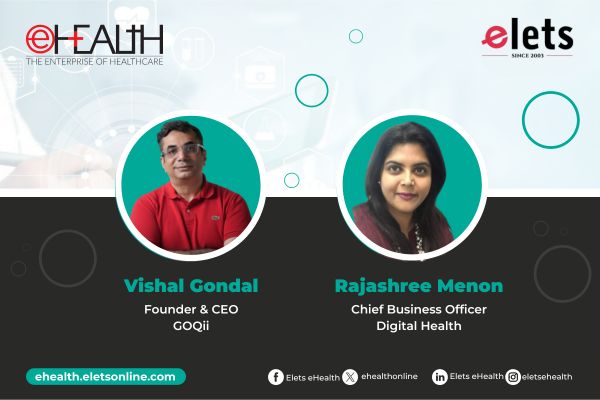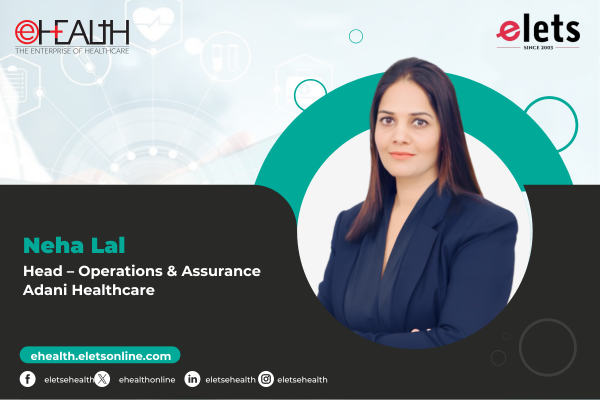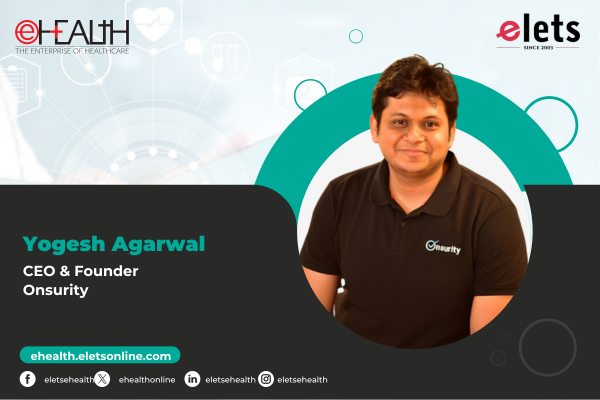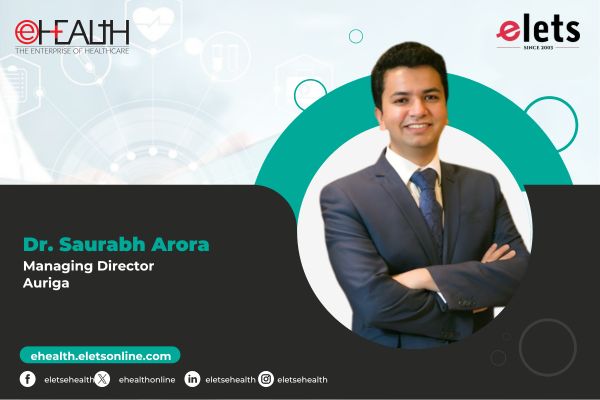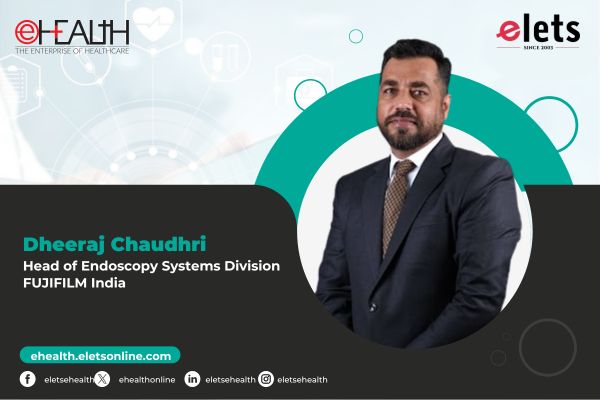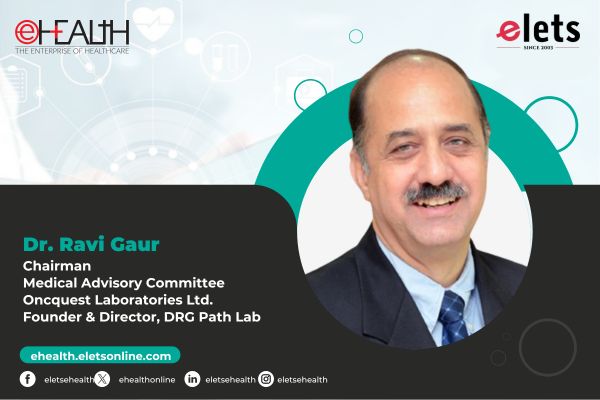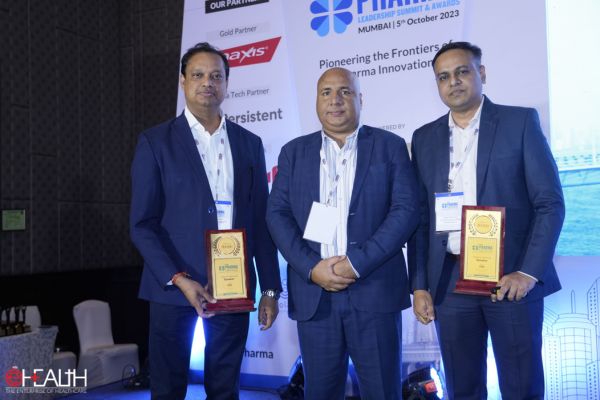
In the age of digital transformation, data has often been likened to the oil that powers businesses. The age-old adage “an apple a day keeps the doctor away” may soon be replaced with “consistent data keeps business decay at bay.” But can data truly be the protective shield that guards businesses against unforeseen challenges?
Data, in its raw form, might not always convey a complete story. But when it is “tortured”, it yields results. This doesn’t imply inflicting harm but emphasises on rigorously analysing and scrutinising data to extract meaningful insights. Before delving into high-tech jargon, it’s essential to appreciate the simplicity with which industries are adopting technologies to harness business value.

However, the journey from raw data to actionable insights isn’t straightforward. For meaningful analysis, data needs to be both extensive and structured. Continuous learning is pivotal, as recognising and understanding data patterns leads to more robust predictive models.

Yet, before we delve into predictions, we must ensure data integrity. Often, the vast amounts of data that organisations believe they possess are scattered across systems, lacking structure or coherence. An automated collection process ensures data consistency. Furthermore, cleansing this data, assessing control gaps, and subsequently developing measurable metrics to address these gaps, are crucial steps. Only then can we employ algorithms for ML and AI, continuously monitor them, and achieve the organisational compliance or benchmarks set.

There’s a fascinating aspect of data analysis called process mining. Consider the ‘procure to pay’ process. Ideally, a transaction should follow a straightforward path: requisition, approval, negotiation, purchase order, material receipt, quality check, issuance, and payment. However, data often reveals varied paths, suggesting inconsistencies in transaction execution. Such insights highlight documentation lags or system update delays, which can cause significant compliance and planning issues.
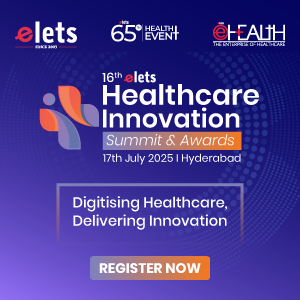
On the commercial side, the Gross-to-Net process, especially prevalent in North America, is of interest. Here, pharmaceutical companies deal with distributors controlling significant market shares. While one might sell a product for $100, the associated rebates, chargebacks, and expenses can sometimes exceed that amount, resulting in losses per transaction. Such complexities, despite the presence of ERP systems like SAP, necessitate a more intricate analysis to prevent revenue leakage.
In conclusion, data, when adequately harnessed, can indeed act as a protective shield for organisations, much like a daily vitamin. The key lies in structured data collection, rigorous analysis, and continuous learning. As technology advances, this becomes not just an opportunity but a necessity for organisations aiming to thrive in a data-driven future.
Views expressed by Vimal Manchanda, Chief Operating Officer, Samvardhana Motherson Health Solution Limited & Kapil Soni, Chief Executive Officer and Co-Founder, Revoquant AI at 5th Elets Pharma Leadership Summit & Awards.
Be a part of Elets Collaborative Initiatives. Join Us for Upcoming Events and explore business opportunities. Like us on Facebook , connect with us on LinkedIn and follow us on Twitter , Instagram.
"Exciting news! Elets technomedia is now on WhatsApp Channels Subscribe today by clicking the link and stay updated with the latest insights!" Click here!







